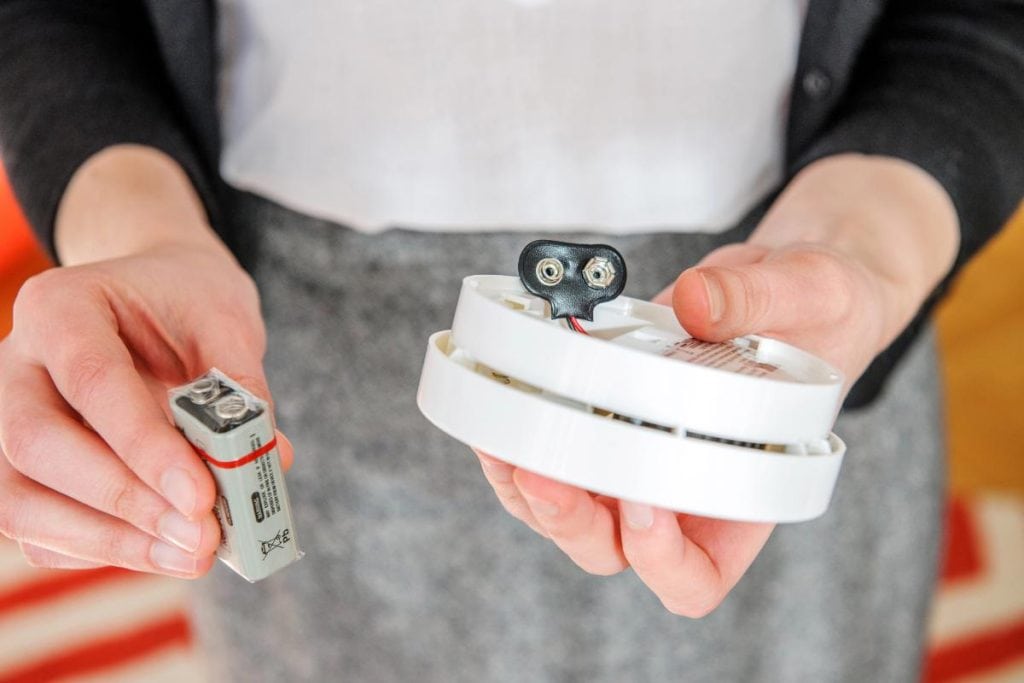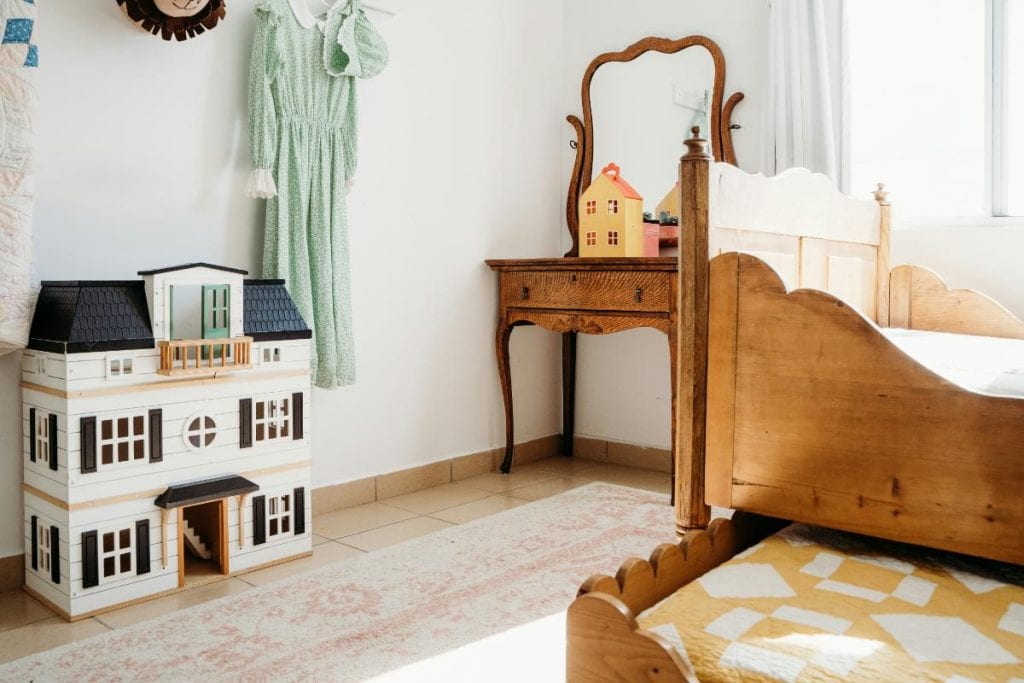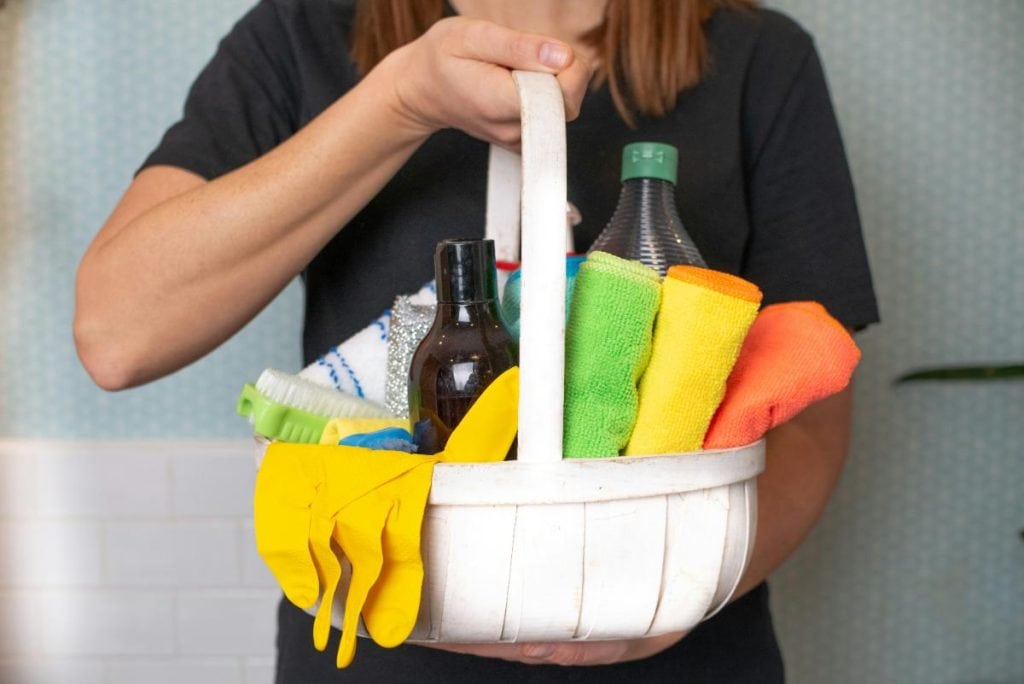Our homes are meant to be sanctuaries—places where we feel safe, comfortable, and protected from the outside world. However, even the most well-maintained houses and apartments can harbor hidden dangers that may compromise our safety and health. These concealed hazards often go unnoticed until they cause significant problems or, in worst-case scenarios, lead to accidents or illnesses.
For homeowners, addressing these issues is a matter of personal responsibility and proactive maintenance. But what about renters? The landscape of responsibility becomes more complex when you’re living in a property owned by someone else. While tenants have a duty to keep their living space clean and report issues promptly, landlords bear the primary responsibility for maintaining a safe and habitable environment.

Landlords are generally required by law to ensure their properties meet basic health and safety standards. This includes addressing structural issues, maintaining essential systems like heating and plumbing, and mitigating known hazards. However, the specific obligations can vary depending on local laws and the terms of the lease agreement.
Renters should familiarize themselves with their rights and their landlord’s responsibilities. If you encounter any of the hazards we’re about to discuss in your rental property, it’s important to communicate with your landlord in writing and keep records of all correspondence. In cases where landlords are negligent and fail to address serious safety concerns, tenants may have legal recourse, including the right to withhold rent or terminate the lease in some jurisdictions.
Whether you’re a homeowner or a renter, being aware of potential hazards is the first step toward creating a safer living environment. In this post, we’ll explore ten often-overlooked dangers that might be lurking in your home, along with practical steps to address them. By identifying and tackling these issues, you can significantly reduce risks and enhance the safety and comfort of your living space.
Disclaimer: This article is not legal advice. Talk to an attorney if you have safety concerns that you believe your landlord may be responsible for.
1. Electrical Hazards
Overloaded outlets and frayed wires pose significant fire risks. Regularly inspect your home’s electrical systems, especially in older buildings. Replace any damaged cords and avoid daisy-chaining power strips. If you notice frequent circuit breaker trips, consult an electrician to assess your home’s electrical capacity.
2. Mold Growth
Mold thrives in damp, dark spaces like basements, bathrooms, and under sinks. Beyond being unsightly, it can trigger allergies and respiratory issues. Improve ventilation in prone areas, fix any leaks promptly, and use dehumidifiers in naturally damp spaces. For extensive mold problems, consider professional remediation.
3. Radon Gas
This odorless, colorless gas is the second leading cause of lung cancer in the United States. Radon can seep into homes through foundation cracks. Conduct a radon test, available at most hardware stores. If levels are high, install a radon mitigation system to vent the gas safely outside.
4. Slippery Surfaces
Falls are a leading cause of home injuries. Install non-slip mats in showers and bathtubs. Use non-skid rugs on hard floors, especially in high-traffic areas. Keep floors dry and clean up spills immediately. In outdoor areas, ensure proper drainage and use salt or sand during icy conditions.
5. Carbon Monoxide
This silent killer can emanate from faulty fuel-burning appliances. Install carbon monoxide detectors on every level of your home, especially near sleeping areas. Schedule regular maintenance for your heating system, water heater, and other fuel-burning appliances. Never run a generator or grill indoors or in an attached garage.
6. Unsecured Furniture

Toppling furniture poses a serious risk, particularly to children. Secure bookcases, dressers, and TVs to the wall using appropriate anchoring systems. This simple step can prevent devastating accidents. If you’re renting, discuss safety modifications with your landlord. In cases where property owners are negligent about safety measures, it’s crucial to know what questions to prepare for an attorney consultation to protect your rights and ensure a safe living environment.
7. Lead-Based Paint
Homes built before 1978 may contain lead-based paint, which can cause severe health issues if ingested or inhaled as dust. If you suspect lead paint, have your home tested by a certified professional. Do not attempt to remove lead paint yourself; hire a certified lead abatement contractor to ensure safe removal and disposal.
8. Poorly Maintained HVAC Systems
Neglected heating, ventilation, and air conditioning systems can lead to poor air quality and fire hazards. Change filters regularly and schedule annual professional inspections. Keep the areas around HVAC equipment clear of debris and flammable materials. Proper maintenance not only improves safety but also enhances energy efficiency.
9. Unsafe Chemical Storage

Household cleaners, pesticides, and other chemicals can be dangerous if improperly stored or mixed. Keep all chemicals in their original containers with labels intact. Store them in a cool, dry place out of reach of children and pets. Never mix cleaning products, especially those containing bleach or ammonia, as this can create toxic fumes.
10. Outdated Fire Safety Measures
Smoke detectors are your first line of defense against house fires, but they’re only effective if properly maintained. Test your smoke alarms monthly and replace batteries annually. Install detectors on every level of your home, including inside and outside sleeping areas. Consider upgrading to interconnected alarms for whole-house protection.
Creating a safe home environment requires vigilance and proactive measures. Regular home safety audits can help identify and address these hidden dangers before they become serious problems. Remember, many of these issues are preventable with proper maintenance and awareness.
Start by tackling one area at a time. Prioritize based on the age of your home and your family’s specific needs. Don’t hesitate to consult professionals for complex issues like electrical work or mold remediation.
Investing time and resources in home safety not only protects your property but, more importantly, safeguards the well-being of you and your loved ones. By addressing these hidden dangers, you’re creating a truly safe haven for your family to thrive in.
Stay safe, stay vigilant, and enjoy the peace of mind that comes with a well-maintained, hazard-free home.
